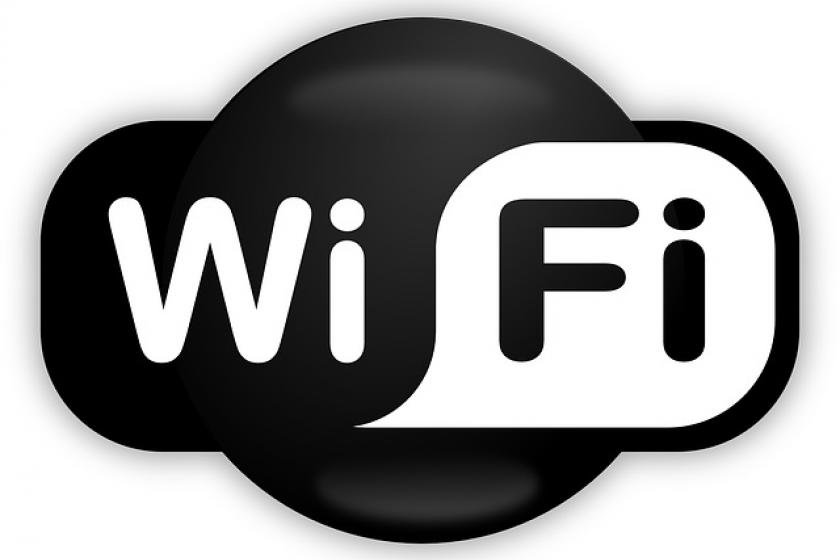The saying: “Proper preparation, prevents poor performance,” holds true for technology deployments.
Whether you’re ready for an upgrade to the next version of Wi-Fi in your enterprise or venue or not, a plan for Wi-Fi 6 (aka 802.11ax), is only as good as the effort IT managers put into it. There’s no race to upgrade, despite numerous benefits, but there are considerations for those prepping for a deployment.
The greatest benefit of Wi-Fi 6 is that it handles more traffic more efficiently, meaning it can shoulder a heavier load than its widely deployed predecessors. Better still, the new Wi-Fi standard is backward compatible with earlier versions, letting users avoid stranded investments and flash cutovers.
Products emerging
Vendors continue to push products down the Wi-Fi 6 product pipeline. They include access points (APs) and routers, as well as clients. The vendor ranks include Aerohive, Aruba, Asus, Broadcom, Cisco, D-Link, Intel, Netgear, Qualcomm, and Samsung.
Some verticals will embrace the new standard earlier than others. But don’t expect a stampede once certified Wi-Fi 6 product become available late this year or early in 2020. That said, enterprises can plan now for a deployment, using the five key considerations below.
Are you congested? Though it offers large increases in data speed, Wi-Fi-6 is all about efficiency in wireless networks. With the number of attached devices soaring, the new standard was designed to deal with network congestion.
A congestion-combatting technology is uplink and downlink orthogonal frequency division multiple access (OFDMA), which increases efficiency and lowers latency for high demand environments. Another core feature is called multi-user multiple input, multiple output (MU-MIMO). It allows more data to be transferred at one time, enabling APs to handle a larger number of devices simultaneously.
Device support. While more Wi-Fi 6 APs and routers are coming through the product pipeline, devices such as smartphones, tablets, laptops, and more need to progress for implementors and end-users to enjoy the purported efficiency, lower power consumption, and speed benefits of Wi-Fi 6. Also, on this list are IoT devices, which are key to smart home efforts, and units for broader, outdoor applications.
Devices supporting Wi-Fi 5 or earlier standards will still work with the newer infrastructure, however.
Certification timeline. It looks like potential early implementors might want to wait a while, as the certification testing that the Wi-Fi Alliance will perform has been pushed back from its original target of the third quarter of this year (now), until yearend. It’s not clear how long the certification process will take. As a result, it’s looking as if certified products won’t be available until 2020.
Non-certified products can be an option but consider, for example, that WPA3 security is required for Wi-Fi 6 certification, but there's a chance it wouldn't be included in unapproved equipment.
The business of technology. What’s the business case for a Wi-Fi 6 deployment? It’s often difficult to justify spending on new IT infrastructure without a solid ROI. But that’s where consumer-first applications can continue to drive wireless technology implementations.
Enter the media, sports, and hospitality verticals. Wi-Fi 6 is already envisioned as delivering higher-speed streaming content services to consumers, at a price and likely with ads and sponsorships. That’s a clear ROI.
Many sports venues have been challenged to keep up with fan demand for more and faster wireless to access and share video clips and more on social media. But forward-thinking venue owners have used data analytics to learn more about and better engage with their customers. The new version’s efficiency and congestion-addressing features should help meet increasing demands for speed, data, and performance.
Wi-Fi in the hospitality industry has evolved from a nice-to-have perk to a must-have one, to one that must be challenge-free, or the customer experience goes from dependent to dissatisfied. It can be argued that providing a superior customer experience is one step removed from revenue generation. It can also be argued that a dissatisfied customer is a departing customer. Quality of experience is core to the hospitality industry.
Design considerations. It’s recommended that in preparing for Wi-Fi 6, firms continue the practice of designing high-quality 20 MHz channels. Planners must also remember that the new standard specifies lower power consumption for the devices connecting to networks with improved efficiency, especially sleep/wake time optimization. This benefits the mobile phones, laptops, or other IoT devices.
Also, remember to budget power as Wi-Fi 6 networks require even more power for the businesses and organizations deploying them. This makes power budgeting increasingly important as you add 802.11ax APs with more powerful processors and additional radio chains.
And when an upgrade plan progresses, don’t forget to save time for extensive field testing and validation as these functions are crucial to assembling high-quality and performance networks.
With efficiency-focused Wi-Fi 6, proper planning should lead to much more than just a smooth deployment.









